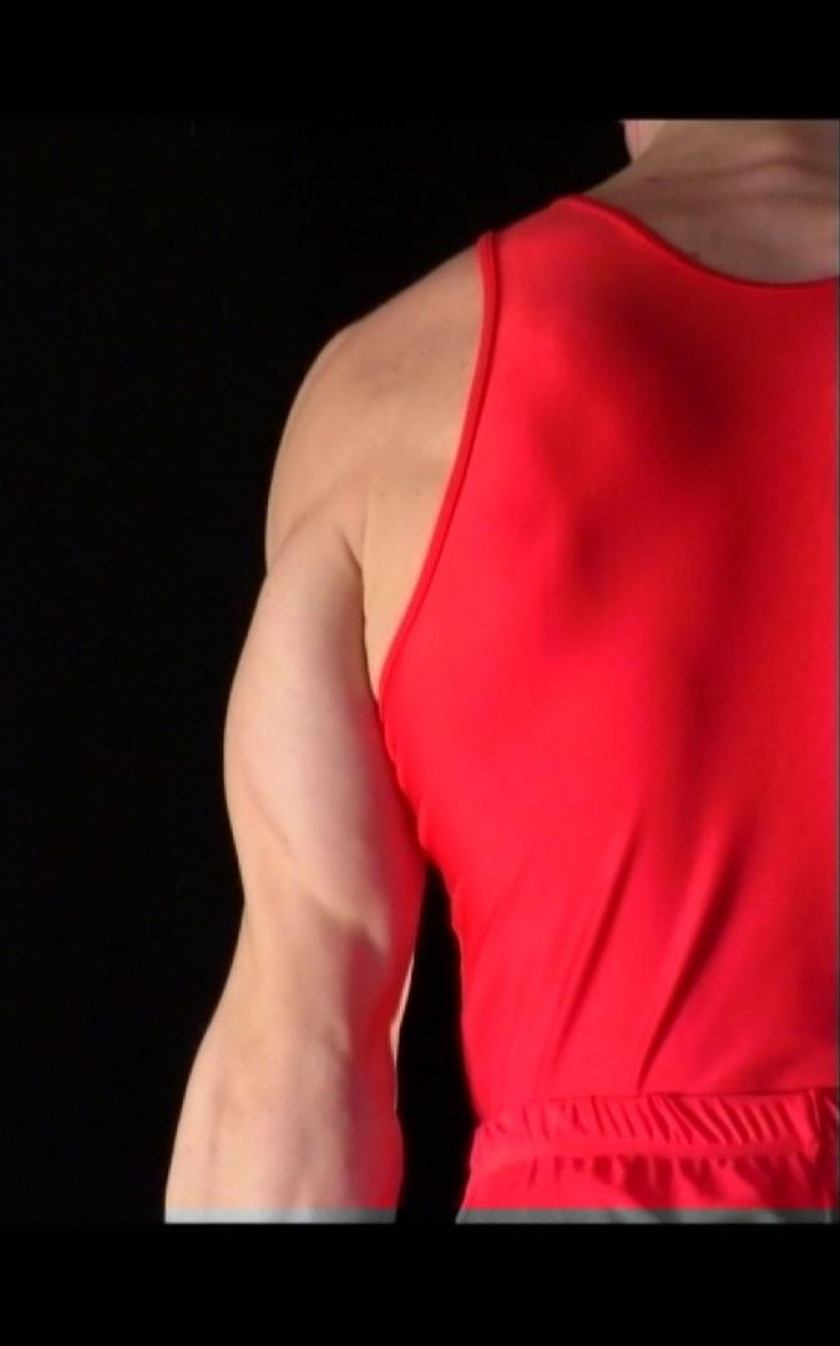João Penalva
The career of the plastic artist João Penalva (Lisbon, 1949) begins with contemporary dance, having worked with Pina Bausch and Jean Pomares. In 1976 he settled permanently in London, where he attended the Chelsea School of Art. He began to dedicate himself to painting and established himself as a neo-expressionist painter in the 1980s, praised in Portugal and the United Kingdom. His artistic practice was strongly influenced by the choreographer Merce Cunningham and his "rational system".
In the 1990s, he began to diversify his field of action, exploring photography, video, text, installation, and the artist's book. The presence of text is structural in his work which, by provoking and deconstructing narrative effects, suggests an in-depth reflection on the tensions between image, text and language. Some of his works refer to literature or art history and other cultural areas, sometimes with appropriate documents or objects. Another aspect of his work tends to operate subtle transfigurations of reality, through ambivalent images of unrecognizable situations, undetermined objects, outside time and space, causing a certain effect of strangeness and confusion. Author of a work that has been continuously questioning visuality, its strategies and devices, Penalva sees the exhibition as an extension of his artistic practice, exploring the relationships of hypertextuality, contradiction, and dialogue that arise from it.
He carried out his first installation in 1993 in the building of the former Alfândega do Porto, which became a milestone in the history of contemporary Portuguese art. He represented Portugal at the 23rd São Paulo International Biennial (1996) and the XLIX Venice Biennial (2001). Expôs também na I Bienal Internacional de Melbourne (1999), na Berlin Biennale 2 (2001). He was invited to the DAAD residences (Berlin, 2003-2004), Les Récollets (Paris, 2005), and won the Bryan Robertson Award (London, 2009). Among the numerous solo exhibitions, the highlights include retrospectives at the MAC - Calouste Gulbenkian Foundation (2011) and Brandts Kunsthallen in Odense, Denmark (2012), and institutions such as the Trondheim Kunstmuseum, Norway; MUDAM, Luxembourg; Camden Arts Centre, London; The Power Plant, Toronto; among others. His work is present in several public and private collections. Since 2002, he has been a professor at Malmö Academy of Art, Lund University, Sweden.
CB, outubro 2020
